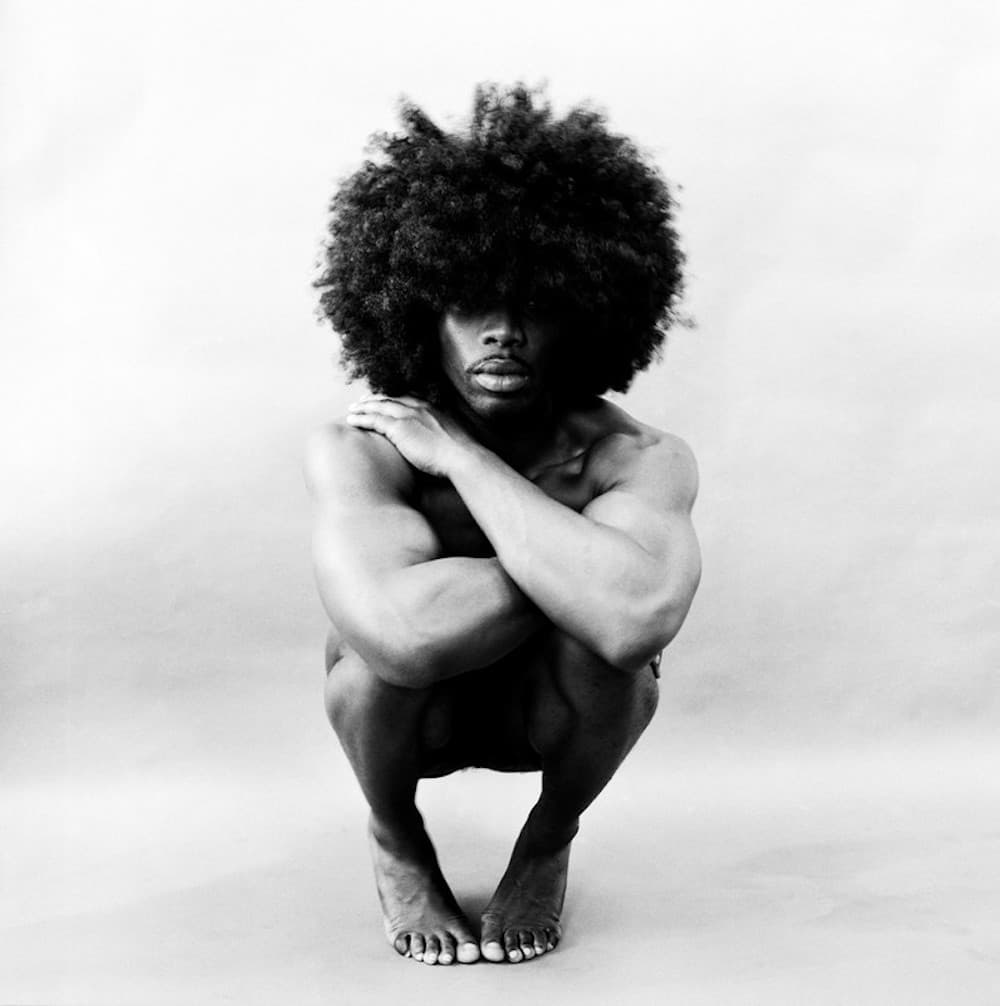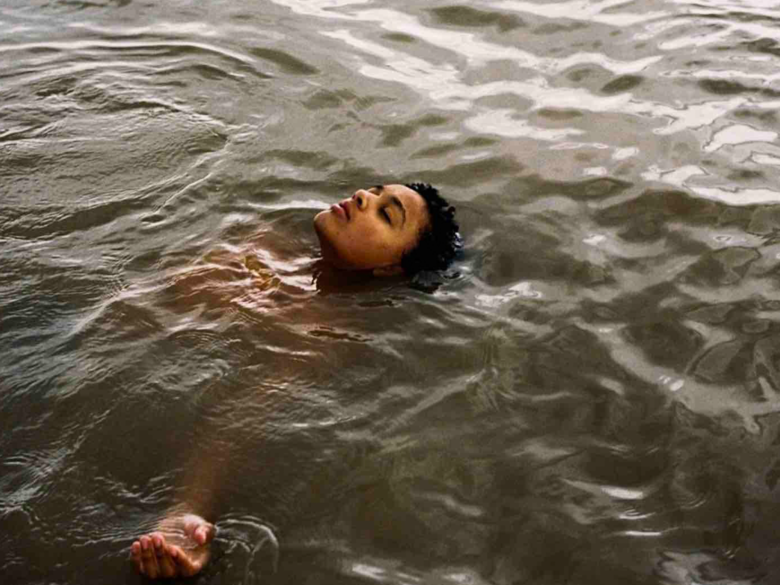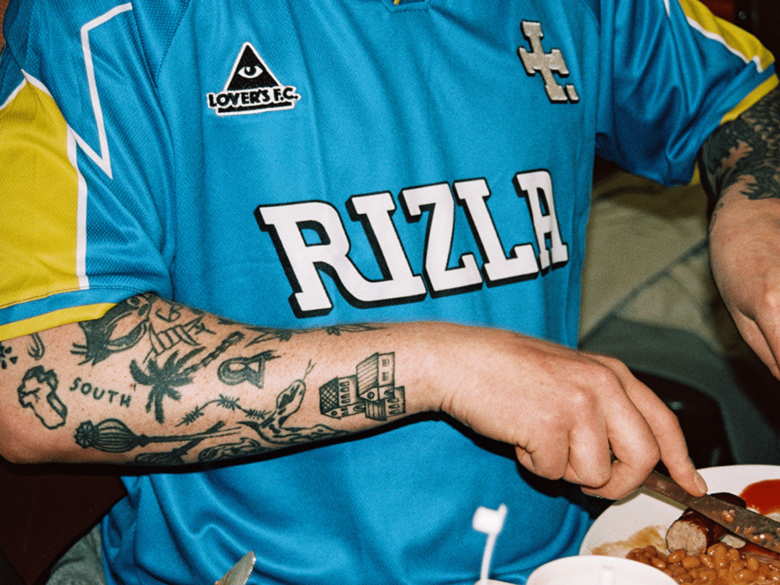What can photography tell us about masculinity?
What do we think of when we think of masculinity? In the shadow of decades of feminist activism exposing the true scale of gendered inequality and violence, probably not positive things tbh. Specifically in the post-Me Too era, the word “masculinity” has become near-synonymous with “toxic”. Not get all “not all men” but this kind of reductive world view just threatens to reproduce crass stereotypes and consolidate binary understandings of gender.
Literally all you need to do is look at Taylor Swift’s latest parcel of pop feminism, the self-directed video for “The Man”, to see this at work. Using drag to transform herself into a mediocre white guy called Tyler who pisses on walls, gets mad at tennis matches and parties on yachts with models, it’s a brash spectacle that does little but obscure Swift’s own sizeable privilege. It’s a million miles from the sensitivity Beyoncé’s earlier gender-swap video “If I Were A Boy” and it marks a new era of depicting masculinity in ways that are entirely lacking in nuance.

Up to this point, masculinity has been coded as “universal” or “the default” given that it’s the vantage point from which most art, media or literature has historically narrated the world. Now that feminist critique has gone mainstream we know all about the male gaze — but less attention has been given to decoding the ways that normative masculinity has been regulated through culture. In recent years there has been an effort to correct this in the art world, with the likes of Her Take: (Re)thinking Masculinity at Brooklyn’s Photoville, I’m Fine at London’s Copeland Gallery and Tough Types at Berlin’s Altes Museum.
The Barbican’s Masculinities: Liberations through Photography continues in this vein, using decades’ worth of images to decode masculinity as a social and historical construct. Through the lens of sexuality, nationality, race and class it places its emphasis on masculinities in the plural. Particular highlights include portraits by Yoruba photographer Rotimi Fani-Kayode exploring the Black male body, Sunil Gupta’s street photography from queer hub Christopher Street and work by lesbian photographer Catherine Opie looking at high school footballers and female masculinity.

“Given the inclusion of such a diverse array of incredible photography and film, we think that the exhibition will illuminate and enrich our understanding of what it is to be a man in today’s world,” says Jane Alison, the Head of Visual Arts at the Barbican ahead of the exhibition’s opening to the general public. Such claims are overstated, sure, but the exhibition does important work regardless. Stretching back to the 1960s, we’re reminded that our relationship to gender is undergoing a revolution, one that has been decades in the making.
Masculinities: Liberations through Photography is on until 17 May

